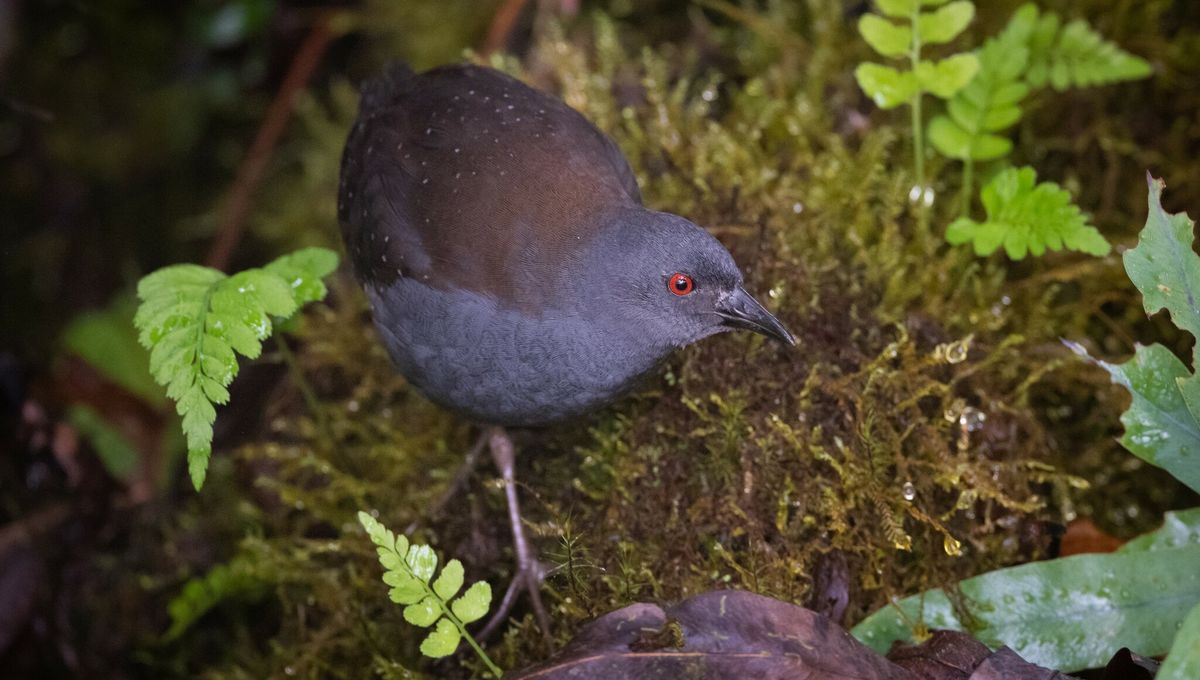
It’s surprisingly easy to lose a species: from golden moles to tap-dancing spiders, some species are so secretive they are seen once and then never heard from again. The same was true for the Galápagos rail, a shy bird species seen on Floreana Island by Charles Darwin in 1835 and then never again – that is, until now.
ADVERTISEMENT
The Galápagos Rail (Laterallus spilonota) is a ground-dwelling species that is extremely vulnerable to predators. The species is found only on the Galápagos Islands, where it hides in dense vegetation. The species is listed as Vulnerable on the IUCN Red List but has had local extinctions of different islands within the Galápagos archipelago.
A large-scale restoration project was launched for Floreana Island 2 years ago. The project aimed to remove invasive species – especially rats and feral cats – that had severely impacted the population of Galápagos rails, which were mainly believed to be extinct on the island. Because the birds are ground-dwelling, they are also vulnerable to habitat disturbance by goats and pigs.
The project had quick results, and species such as rails and cactus finches began to reappear on nearby Pinzon Island after the invasive species were removed. Now, the rails are back on Floreana.
“The rediscovery of the Galápagos Rail confirms what we’ve seen on islands worldwide—remove the invasive threats, and native species can recover in remarkable ways,” said Paula Castaño, Island Conservation’s Conservation Impact Program Manager, Reintroduction and Risk Mitigation, in a statement.
On Floreana Island, teams of rangers have recorded the presence of the rails in three different areas, all of which were away from human habitation and agriculture. The findings of these birds include one photograph, two visual observations, and six acoustic records.
ADVERTISEMENT
“This is an incredible win for Floreana, and fuels our excitement about what other native species might resurface as the island continues its journey toward ecological recovery.” continued Castaño.
Currently, scientists are trying to work out the genetics of the Floreana population. Did they remain unseen for 190 years, or did they birds manage to self-reintroduce on the island from a nearby population?
The team hopes to introduce more Galápagos rails onto the island to boost the existing population as well as 11 more locally extinct species.
Source Link: Galápagos Rail Returns To Floreana Island After 200 Years – Or Was It Hiding There All Along?